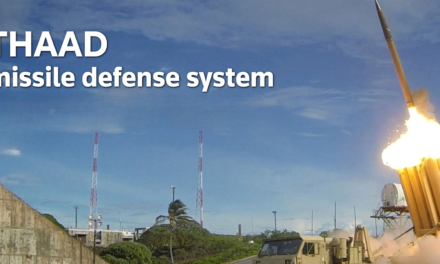CubeSats are miniature satellites built to standardized dimensions, typically based on a unit size of 10 cm x 10 cm x 10 cm (referred to as a “1U” CubeSat). They can be scaled up in units, such as 2U (20 cm x 10 cm x 10 cm), 3U (30 cm x 10 cm x 10 cm), and so on. CubeSats are revolutionizing space missions due to their compact size, lower cost, and adaptability.
Key Features of CubeSats
- Standardized Design:
- Built on a modular system, making them easier to design and integrate.
- Lightweight and Compact:
- Often weigh less than 1.33 kg (per unit) and occupy minimal volume.
- Low Cost:
- Reduced manufacturing and launch costs make them accessible to startups, universities, and smaller organizations.
- Ease of Deployment:
- Can piggyback on larger missions as secondary payloads, reducing launch expenses.
Revolutionizing Space Missions
1. Cost Efficiency
- Lower Development Costs: CubeSats can be built for a fraction of the cost of traditional satellites.
- Affordable Launches: Sharing a launch with other satellites significantly cuts down costs.
2. Accessibility
- CubeSats enable universities, small businesses, and developing nations to participate in space exploration.
- Educational institutions use CubeSats for hands-on learning in engineering and space science.
3. Rapid Development and Innovation
- Development cycles are shorter compared to traditional satellites, allowing for faster innovation.
- Prototypes can be tested and iterated upon quickly.
4. Versatility in Applications
- Earth Observation: Monitor agriculture, climate, natural disasters, and urban development.
- Communication: Provide internet and telecommunication services to remote areas.
- Scientific Research: Study phenomena like space weather, radiation, and cosmic rays.
- Technology Demonstration: Test new sensors, propulsion systems, and communication devices in orbit.
5. Support for Constellations
- CubeSats are ideal for forming satellite constellations, such as SpaceX’s Starlink and Planet’s Earth-imaging fleet, providing global coverage for communication, navigation, and observation.
6. Enhanced Collaboration
- International collaborations are common in CubeSat projects, fostering partnerships between space agencies, academia, and private companies.
7. Risk Mitigation
- Due to their lower costs, CubeSats can be deployed in higher numbers, spreading risk. A failed CubeSat has less financial impact than the loss of a traditional satellite.
8. Deep Space Missions
- CubeSats are expanding beyond Earth’s orbit:
- Mars Cube One (MarCO): Accompanied NASA’s InSight mission to Mars and relayed data back to Earth.
- Lunar IceCube: Aims to study water ice on the Moon in collaboration with NASA’s Artemis program.
Challenges
While revolutionary, CubeSats face limitations:
- Power Constraints: Limited size restricts solar panel capacity.
- Payload Restrictions: Smaller volume limits the complexity of instruments.
- Shorter Lifespan: CubeSats often deorbit within a few years due to atmospheric drag or lack of propulsion.
- Orbital Debris: Increased CubeSat launches contribute to congestion in low Earth orbit.
CubeSats have democratized access to space, enabling diverse stakeholders to engage in space exploration and applications. They are driving innovation in fields ranging from Earth observation to deep space research, while fostering a new era of cost-effective and collaborative space missions.













